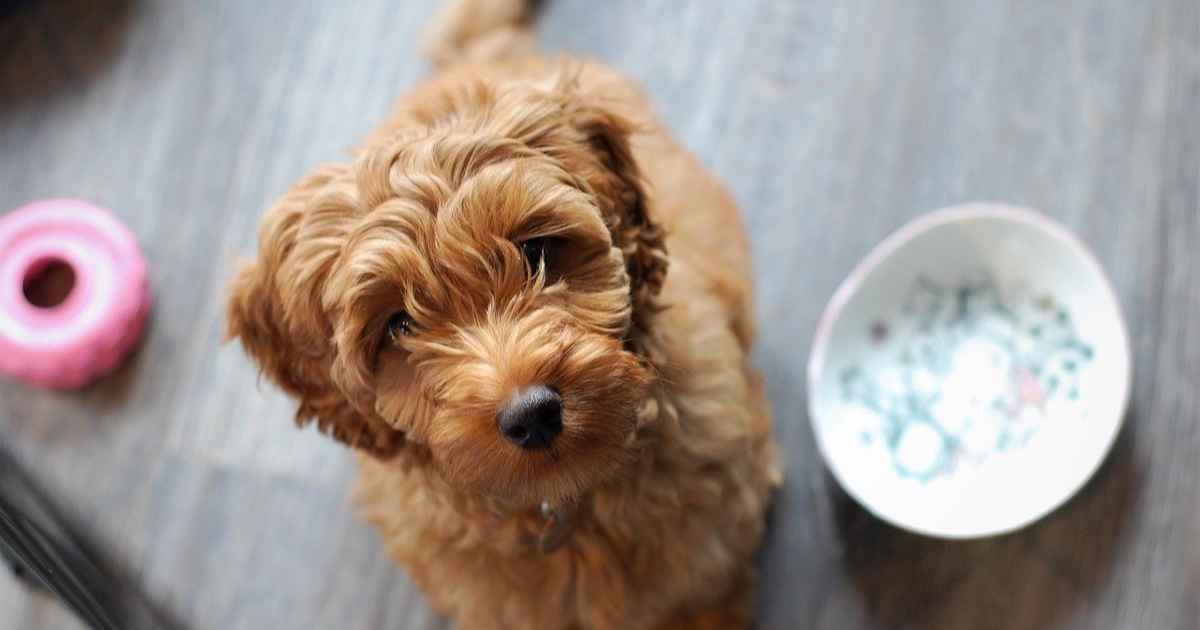Updated April 13, 2021
If your pet is having surgery, then you already know the importance of fasting them beforehand. What you may not know is why and for how long.
Here is a quick summary, with details to follow.
How Long To Withhold Food Before Surgery
- Dog: 12-18 hours
- Cat: 12-18 hours
- Rabbit: NO fasting
- Guinea pig: NO fasting
- Ferret: 4 hours
- Rat: 1 hour
Guinea pigs and rabbits are not fasted to reduce the risk of gastrointestinal stasis and we even ask you to bring in their food for before and after the anaesthetic. For ferrets and rodents, we lack evidence but gut transit times are very short and metabolic rates high, so shorter fasting seems appropriate.
This article gives a good summary of the evidence for dogs, cats and rabbits.
Very young puppies and kittens need reduced fasting times to prevent low blood glucose. The amount of fasting depends on the age. By 5 months of age, food can usually be withheld for the same time as adults.
What To Feed Before Surgery
The final meal before fasting should be no more than the normal amount and contain no unusual ingredients. If your pet is normally fed only once daily in the morning, consider giving a half-sized meal in the late afternoon, as it has been shown that prolonged fasting causes increased gastric acidity. However, we also know that by 3 hours, even small amounts lead to higher rates of problems.
Therefore, be completely honest with your vet if there’s any chance that even a small morsel was eaten. We’d much prefer to put off the procedure than take a risk. And here’s something else to consider: how about never feeding dogs or cats before any vet checkup? That way, if anything needs doing, it might be possible straight away.
So what’s the big deal anyway?
Why Do Dogs & Cats Need Fasting?
The danger of food being in the stomach during anaesthesia is gastro-oesophageal reflux or GOR. This is when the lower oesophageal sphincter relaxes and stomach contents are allowed to flow back up (the oesophagus or esophagus is the tube connecting the mouth with the stomach and the sphincter is a type of valve at the end).
Obesity and pregnancy increase the risk of GOR, presumably due to extra pressure on the stomach. There’s also likely to be a higher risk for emergency procedures or animals with pre-existing health problems.
GOR is actually not uncommon, but most of the time it causes no visible health consequences. Sometimes, however, one of the following happens:
- Food flowing up the oesophagus reaches the airway and enters the lungs, resulting in aspiration pneumonia, a serious and often fatal lung infection. Aspiration pneumonia is rare due to the widespread use of endotracheal tubes (ET tubes) with inflatable cuffs.
- Stomach acids cause severe burns to the lining of the oesophagus. Scar tissue formed during the healing process then contracts, resulting in a narrowing of the oesophagus called an oesophageal stricture.
Both are rare complications of pet anaesthesia, but important to know about, especially for dog and cat owners. All vets see too many animals that should have been starved, but instead turn out to have food in their stomach. If their owners truly understood the consequences, then those hungry pleading eyes would stay hungry, and safe!
Now read: Treatment Of Oesophageal Stricture In Dogs & Cats
Have something to add? Comments (if open) will appear within 24 hours.
By Andrew Spanner BVSc(Hons) MVetStud, a vet in Adelaide, Australia. Meet his team here.

